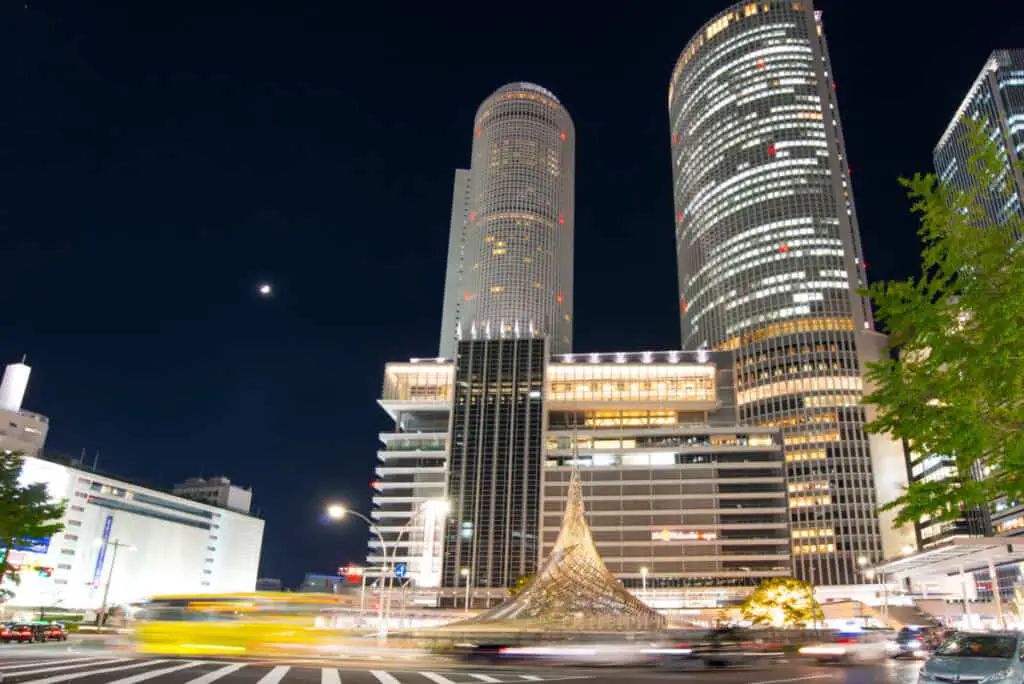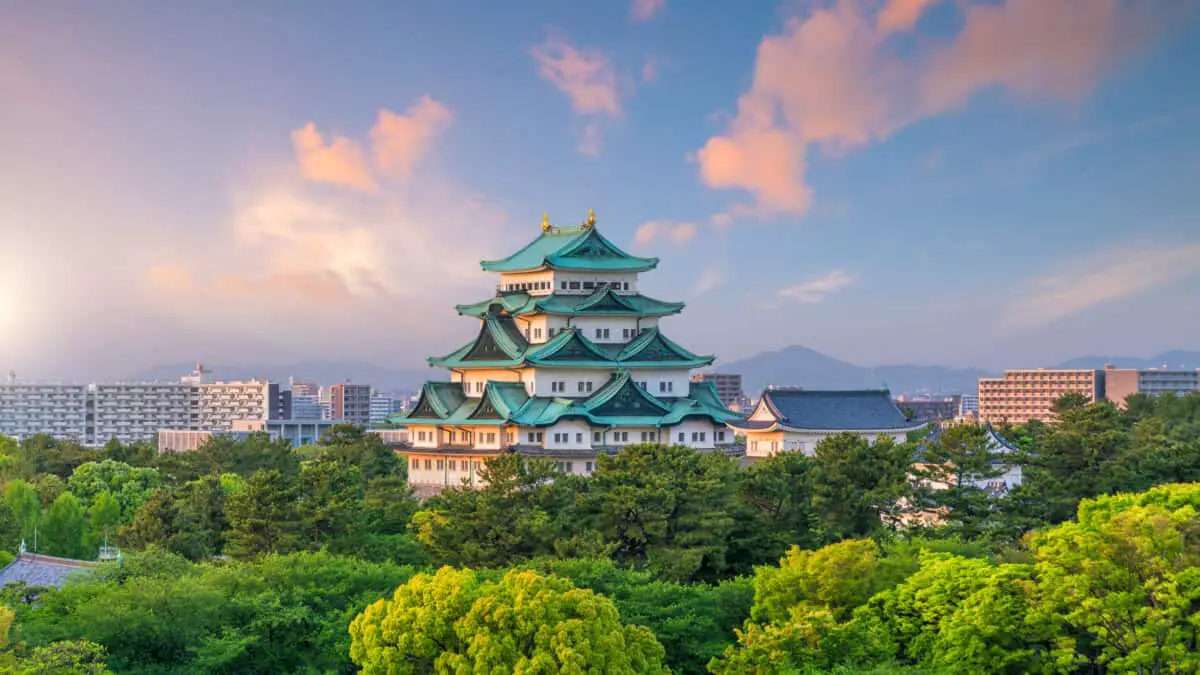Nagoya is Japan’s fourth-biggest city and as a result, offers some great attractions for both tourists and locals alike. Museums, castles, and nature itself make for a great day out in Nagoya.
As with any city in the world knowing that there is a lot of interesting things to see and do before you visit is a good indicator. Not only can it help you to plan the length of your stay, but it can also help you to build an itinerary and budget your time and money wisely.

It is worth knowing that almost all of the main attractions can easily be reached via train from the main Nagoya station and that there are bus routes or walking routes also available if you prefer.
Route information can be found online and is worth planning before your visit to help you navigate the city if you do not speak Japanese. However, as with many major cities in Japan English is commonly printed on many trains, buses, and travel routes.
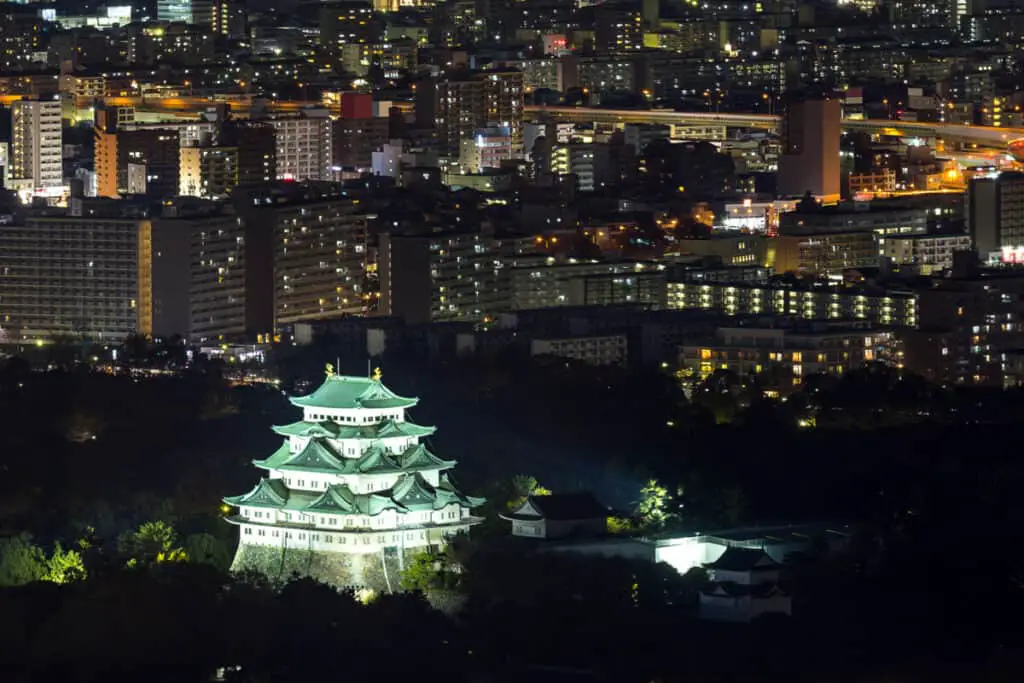
Nagoya is filled with exciting activities, attractions, and day trips to suit all itineraries. So, you can rest assured that there is something for everyone.
Here we will list some of the best things to see and do when visiting Nagoya, covering everything from cultural treasures to historical architecture and even some activities to help keep children entertained. There’s something for the whole family.
About Nagoya
Nagoya is Japan’s fourth most populated city and is home to two million people, making it a fantastic hub to visit on your next trip.
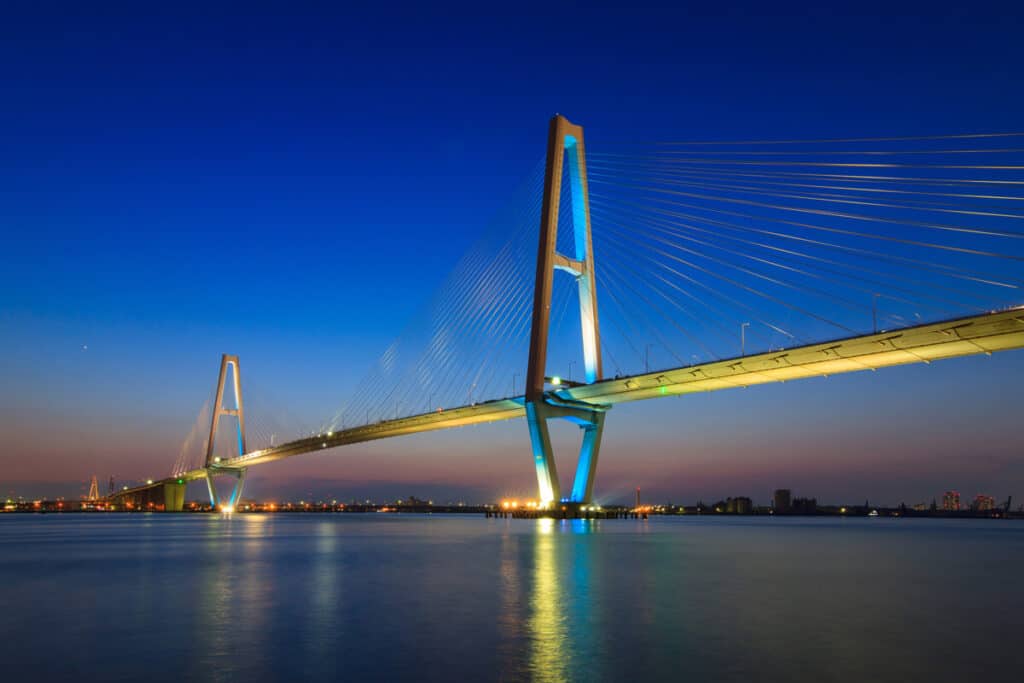
Located on the Pacific coast of central Honshu, Nagoya has one of Japan’s biggest ports and is a very important location for both modern-day trade and for historical importance.
What to see and do
There’s something to suit everyone in Nagoya, but here we’ll sum up the top picks to give you a round-up of the best and most popular attractions.
Railway museum
Nagoya is a central hub for transport in Japan, so it makes sense that the first port of call on any traveler’s list should be the railway museum.
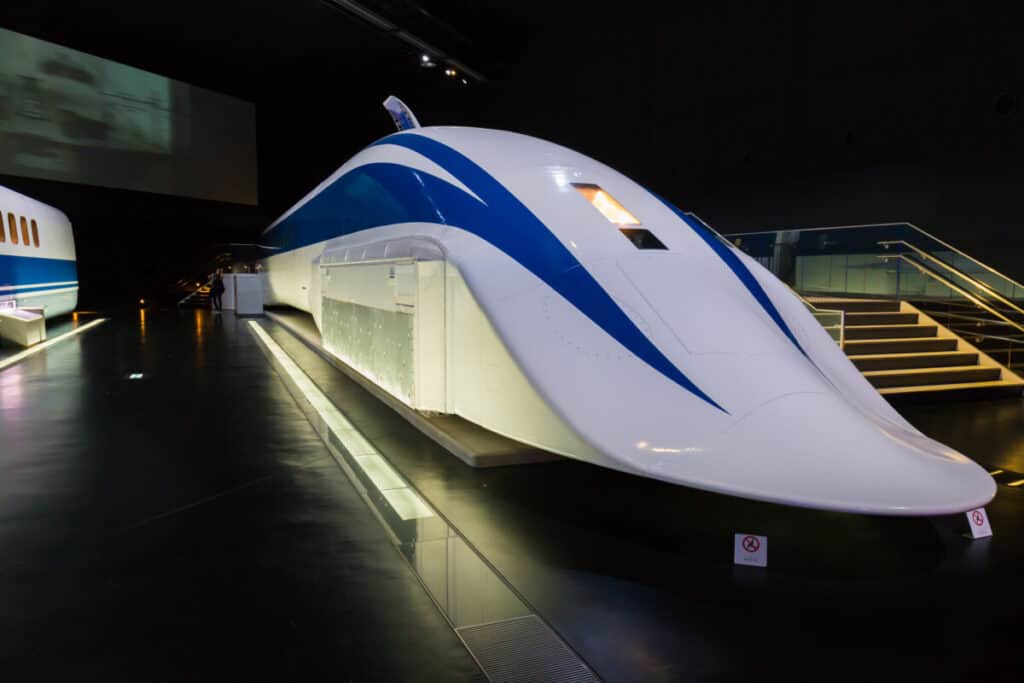
The museum opened in 2011 and since then has welcomed thousands of guests. Not only does the museum provide an insight into the trains themselves but it also provides historical education about the progress of high-speed railways across Japan.
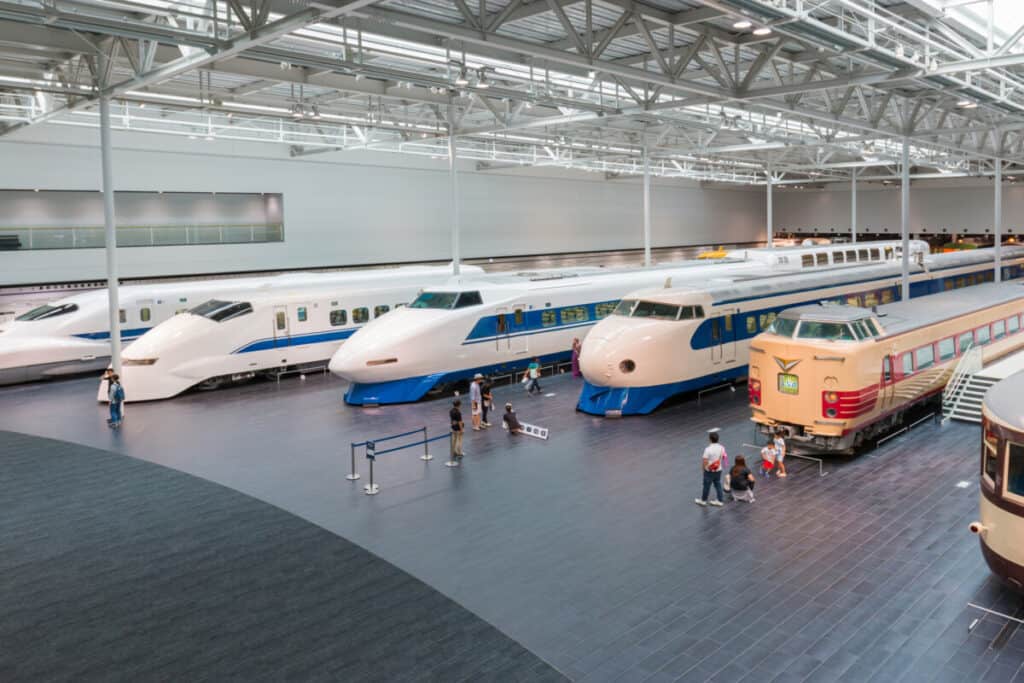
Inside the museum you can find several actual trains, allowing you to truly appreciate the scale and architecture of these marvels. Included in these exhibits are both the record-breaking bullet train (shinkansen) and the modern magnet train (maglev).
In total there are 39 retired cars in the museum, many of which can even be viewed from underneath, allowing visitors a completely new perspective on trains.
There are even additional attractions aimed at children in the railway museum, making it fantastic for all ages.
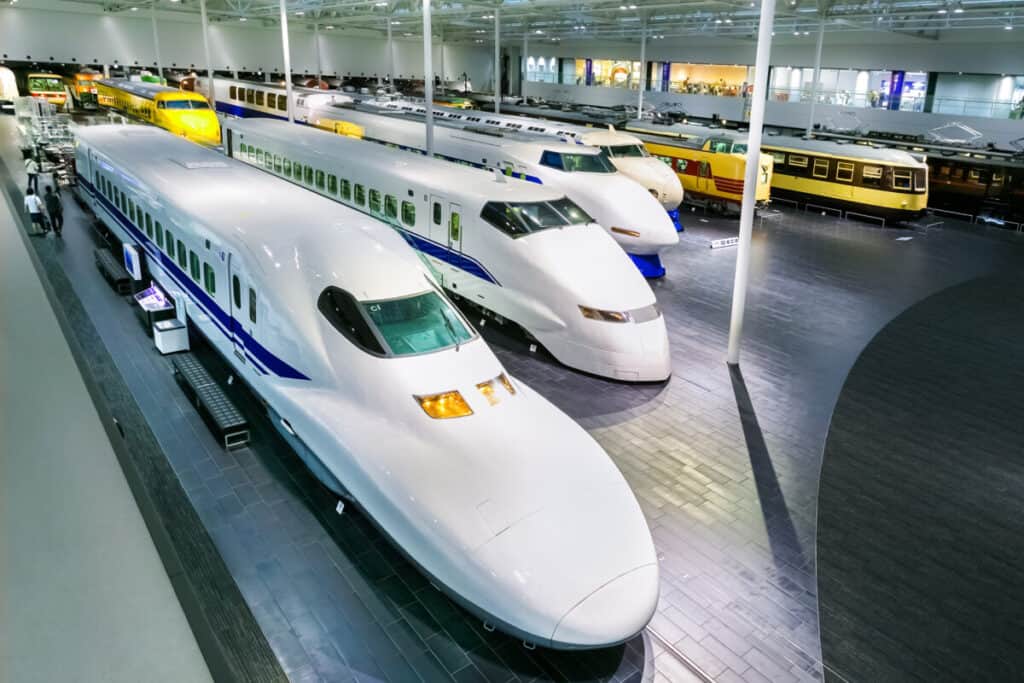
Tokugawa art museum
If art is more your thing then have a look at the Tokugawa art museum. Nagoya’s rich history as the home of the Owari (part of Japan’s ruling family) means that it has some real historical art treasures on display. The art museum itself is even constructed on top of this ruling family’s feudal home site.
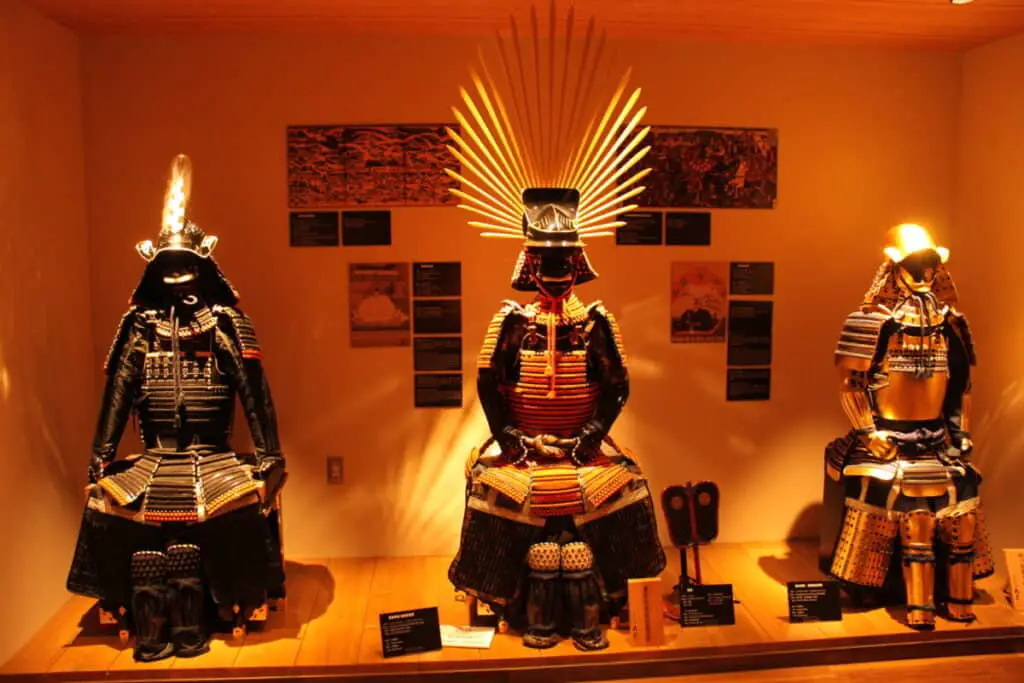
This allows the museum to also showcase some amazing artifacts such as samurai swords, tea utensils, and even ancient costumes. Once you have finished walking around the fascinating art museum you can then head over to the beautiful gardens located next door. This landscape garden features a pond in the center and was originally intended as a retirement garden for feudal lords.
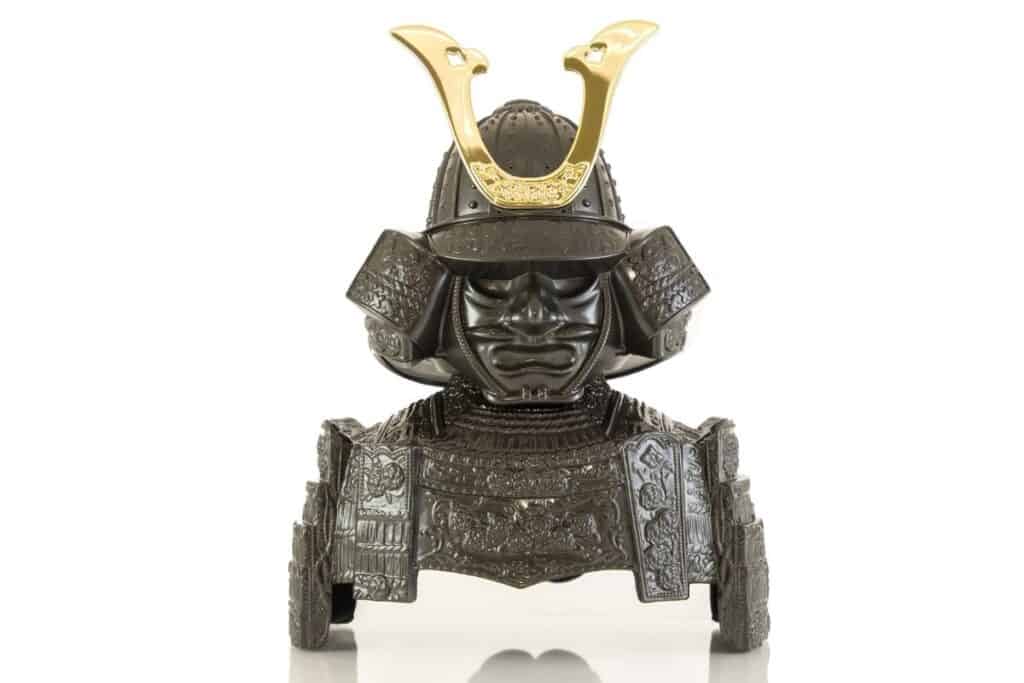
Unfortunately, the garden was destroyed by war but was restored by the city in 2001. If you are planning your visit for viewing nature in Nagoya then consider coming in spring or autumn when the garden looks its best. Getting to the Tokugawa art museum is easy either by bus, train, or even on foot.
Nagoya castle
One of Nagoya’s most impressive attractions is Nagoya castle. Built at the start of the Edo period it is one of the biggest castles in the country and the small settlement around it eventually grew into the Nagoya that we know today. However, unfortunately, as with many castles in Japan were destroyed in 1945 during the air raids.
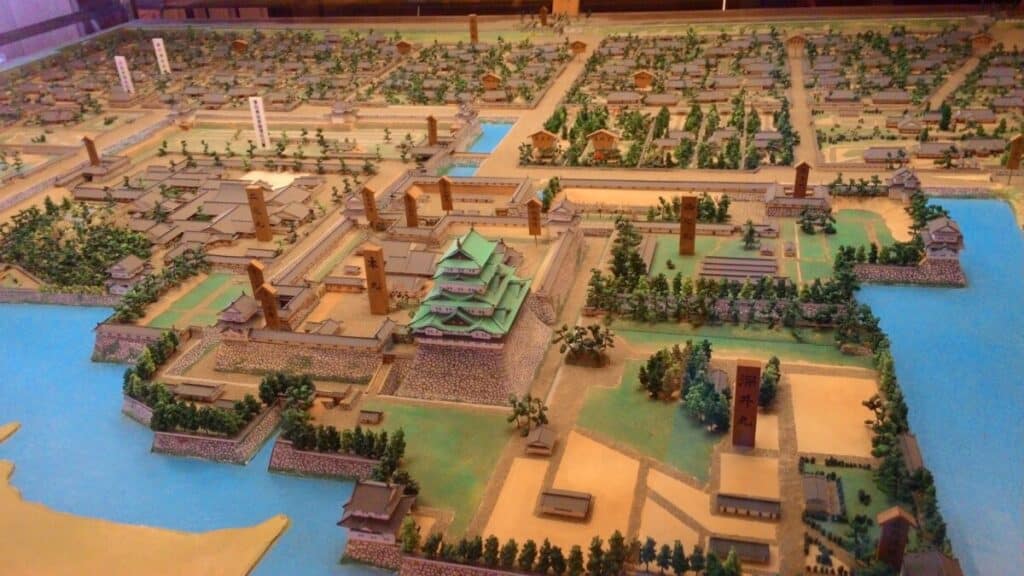
Most of what you will see today is the reconstruction built-in 1959 out of concrete. Parts of the castle are currently under reconstruction after being demolished in order to rebuild them out of wood and make them earthquake resistant.
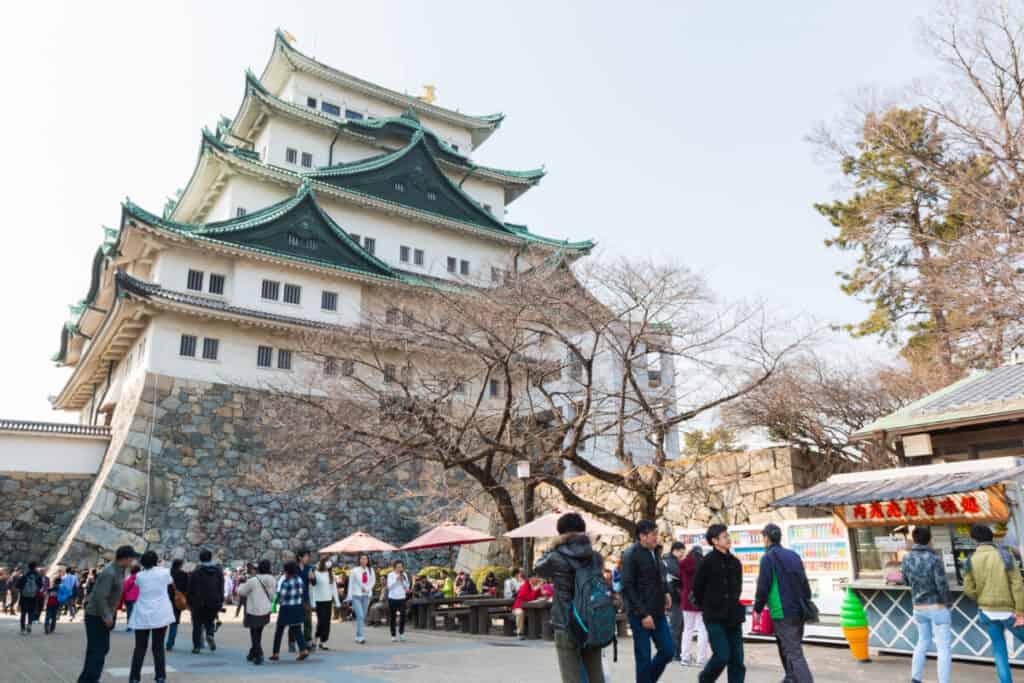
However, the original palace section of the castle was rebuilt using traditional methods and materials to help retain the authentic feel for visitors.
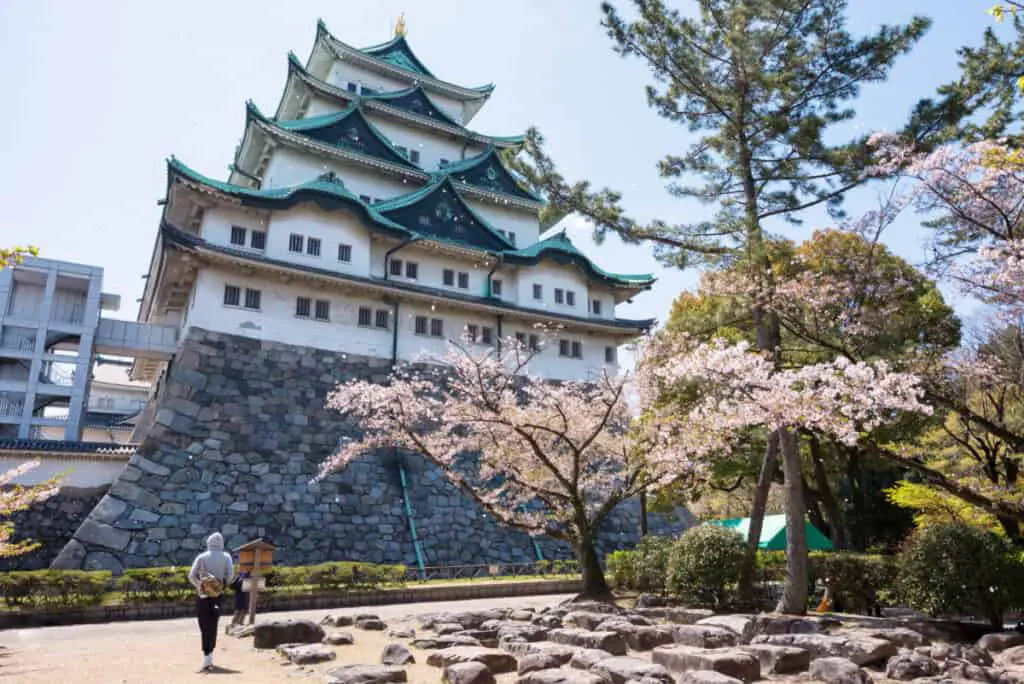
The castle grounds contain two moats as well as turrets on the corners which would have allowed for extra security when the castle was in use as a place for the nobility. These gardens are particularly popular with both locals and tourists during the cherry blossom season.
Korankei
If you are already in Nagoya and are willing to travel a little bit outside of the city then a trip to Korankei is really worth the visit.
Korankei is a valley outside of Nagoya which is known to be one of the best spots in the country for viewing beautiful fall colors. Mount Limori creates the valley and is home to the Kojakuji temple.
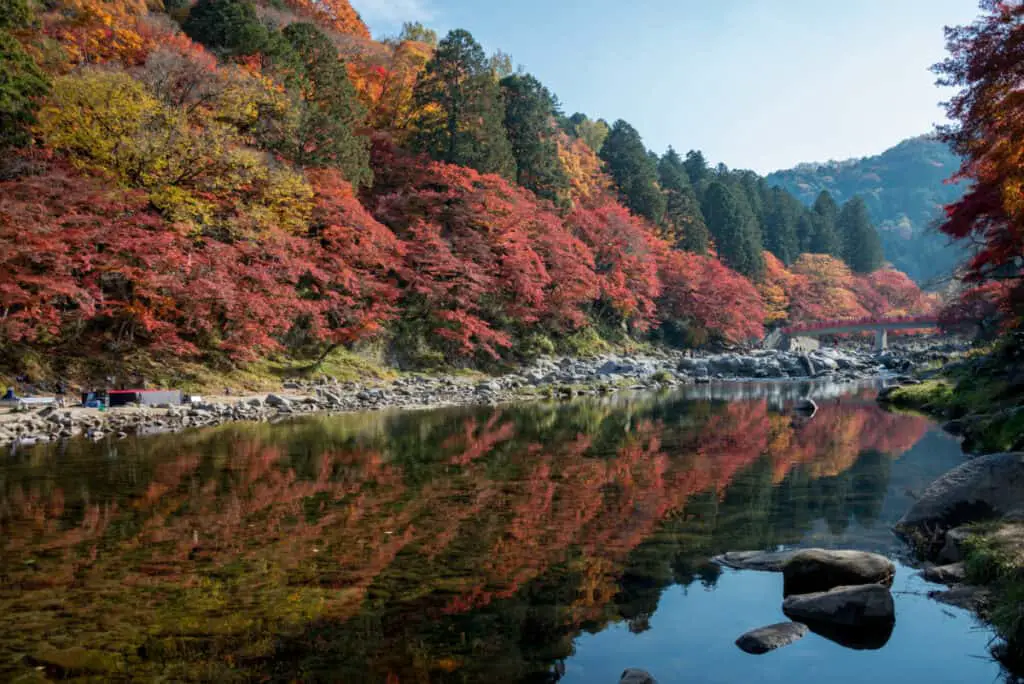
The valley gets its beauty from the maple trees which were originally planted in the 17th century by a priest, with many locals following suit. These beautiful red and orange colored leaves are illuminated in the sunlight making it a picture-perfect view.
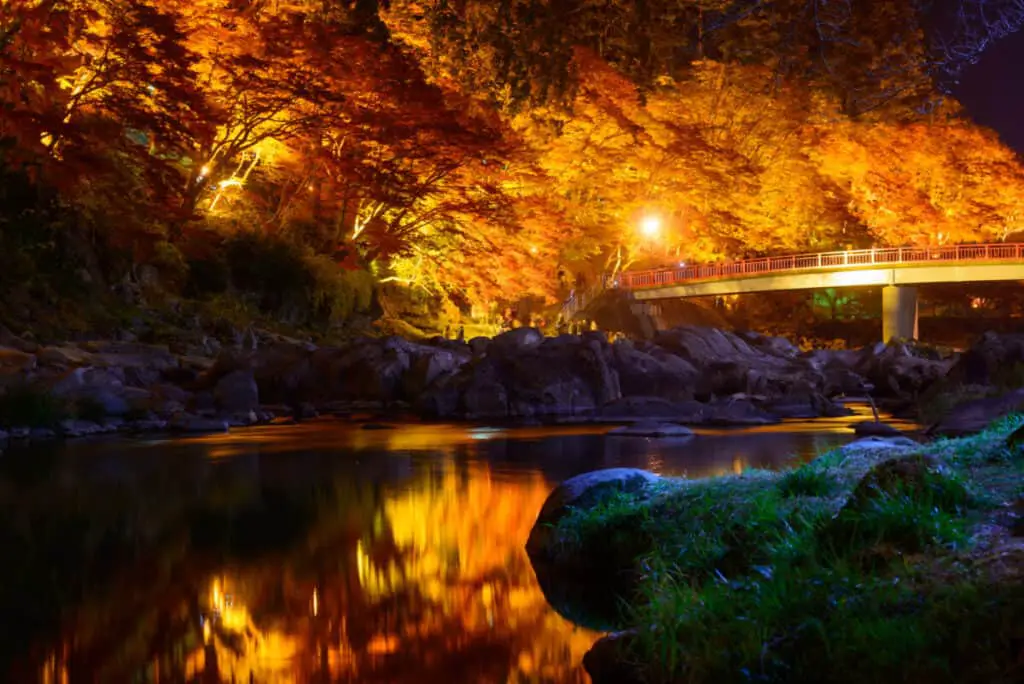
Throughout the month of November, there are also nightly maple viewing held in the valley with illuminations taking place until 9 pm. In the outdoor area, there are even additional attractions and festivities such as live performances. Another great way to appreciate this location is by strolling through the preserved old houses of the village of Sanshu Asuke.
Osu Kannon temple
Located in central Nagoya, the Osu Kannon temple is a place of Buddhist importance. It was built between 1192 and 1333 during the Kamakura period.
Over the years the temple has been relocated from its original construction site of the Gifu prefecture to its current location as a way to prevent the temple from suffering from further damage due to flooding. This means that the temple you can see today is a reconstruction built in the 20th century.
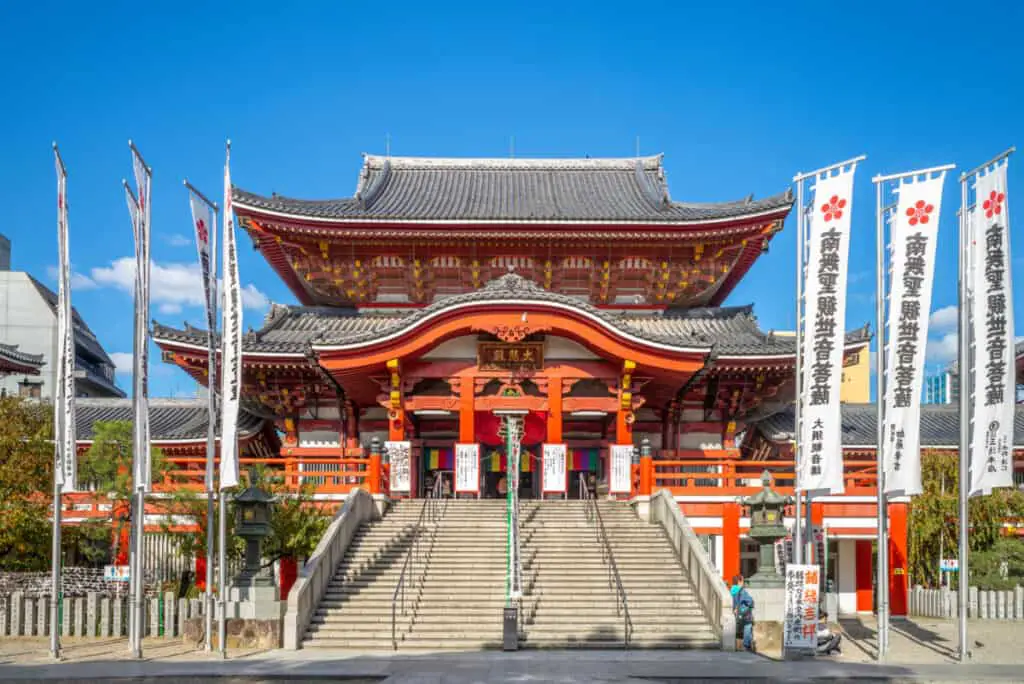
Within the temple, the main point of worship is the wooden statue of Kannon who is the goddess of mercy. The figure itself was created by Kobo Daishi.
Underneath the main hall of the temple lies a library containing 15,000 classical texts both in Chinese and Japanese. Some of the works among these are considered to be cultural treasures and this includes the oldest version of Kojiki which details early Japanese history.
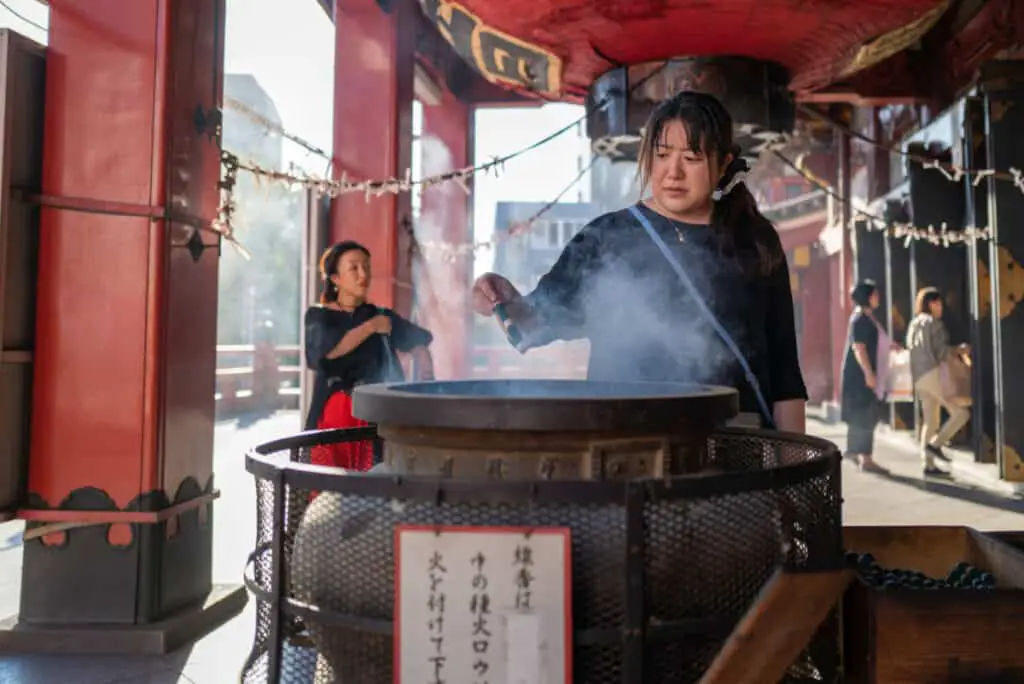
If you time your visit right then you can also benefit from the flea markets that take place in the temple’s ground on the 18th and 28th every month.
There are roughly 60 stalls that have everything you could possibly think of to buy from antiques to modern Japanese souvenirs.
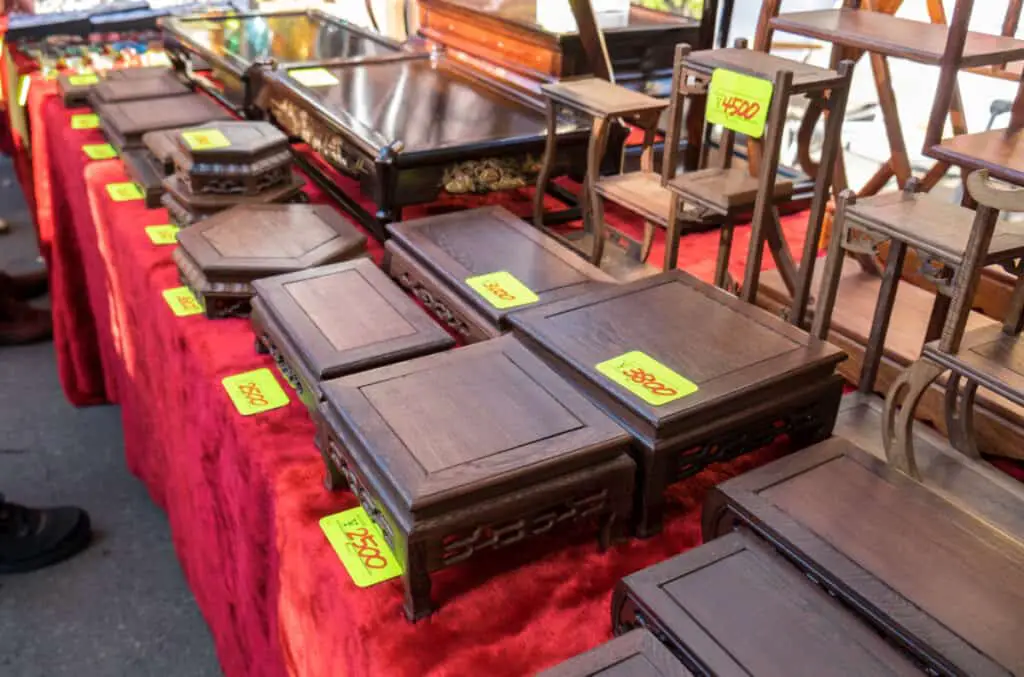
Legoland
If you have already had your fill of fun cultural activities, or maybe you have young kids with too much energy then Nagoya is also home to the world-famous Legoland.
Opened in 2017, this widely-known attraction has welcomed many visitors and has had something to occupy your child’s mind for a long time. There are dining areas, model villages, and rides.
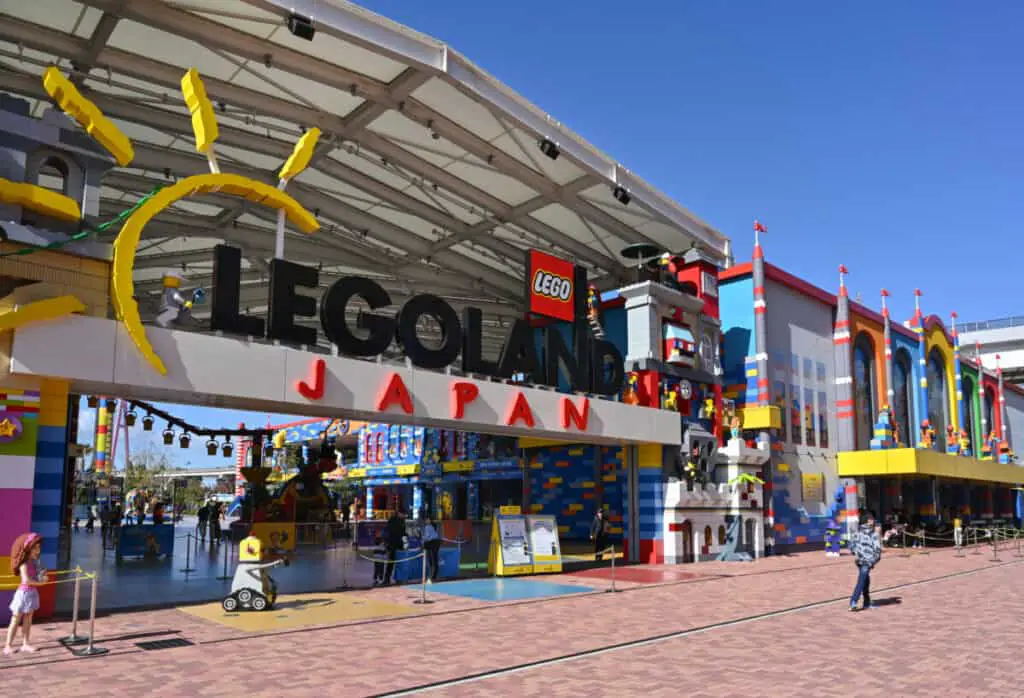
Within the park, there are seven different areas, each with its own theme. In the very center of the park, there is even a miniature Japan that showcases the country’s most iconic landmarks, all constructed out of lego blocks. Some of the best examples of these are Mount Fuji, Kyoto, and even Tokyo.
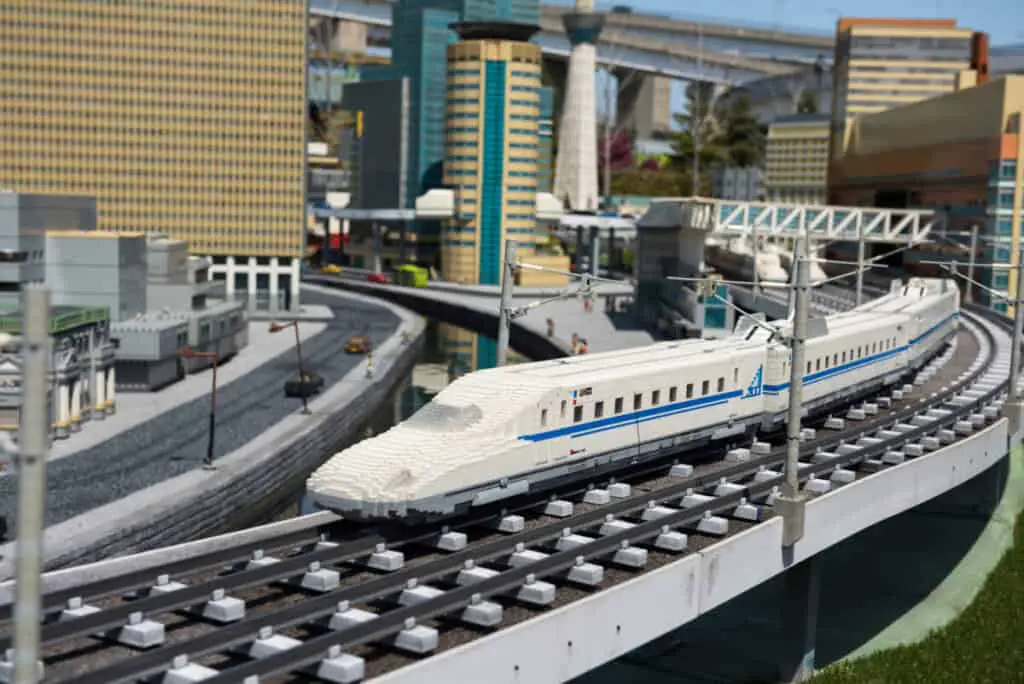
If you are looking to spend a little bit longer in the area then there are also the Legoland hotel, a collection of interesting shops, and even the aquarium Sea Life Nagoya location just a stone’s throw from the amusement park. However, getting to Legoland is only 25 minutes on the train and so it can easily be done in a day.
Conclusion
Nagoya is an incredibly interesting city with so much to see and do. No matter whether you are interested in architecture, history, sightseeing, or even entertaining your kids, there is no shortage of attractions in Nagoya, even the surrounding areas are filled with interesting things to see, such as beautiful natural valleys.
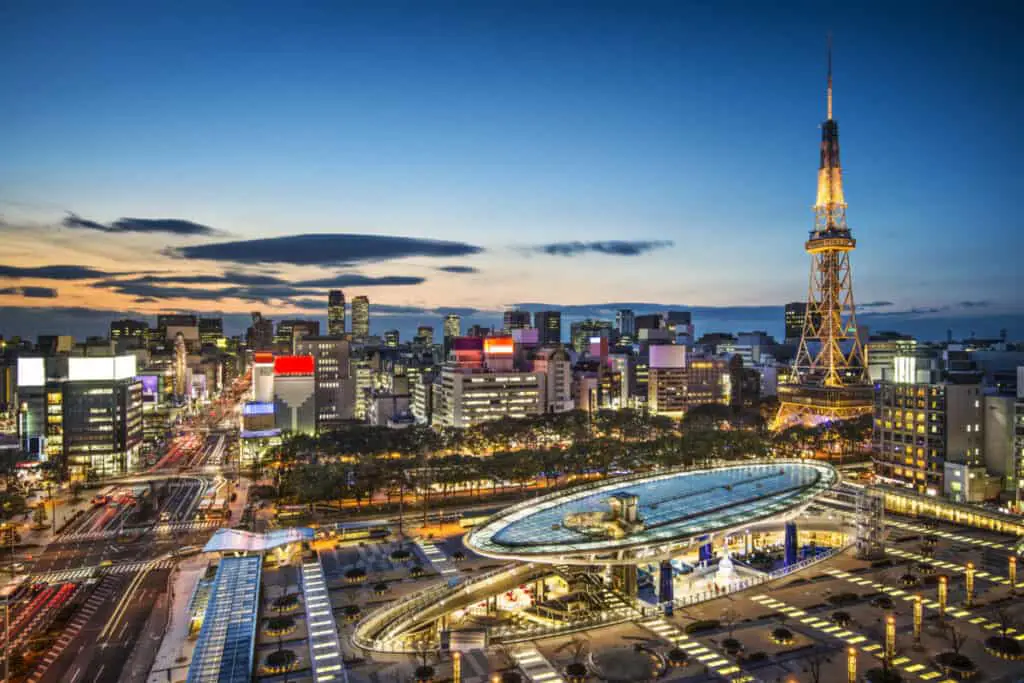
In fact, there is so much to do that it is definitely worth sorting out your itinerary beforehand so that you can make the most of your trip and make sure that you are able to see all of the major sights.
Getting to and from these attractions in Nagoya is easy thanks to the metro system in place and most of the sights can be done in a day.
However, if you want to take your time and truly make the most of the experiences there are a large number of hotels and places to stay around the attractions.
